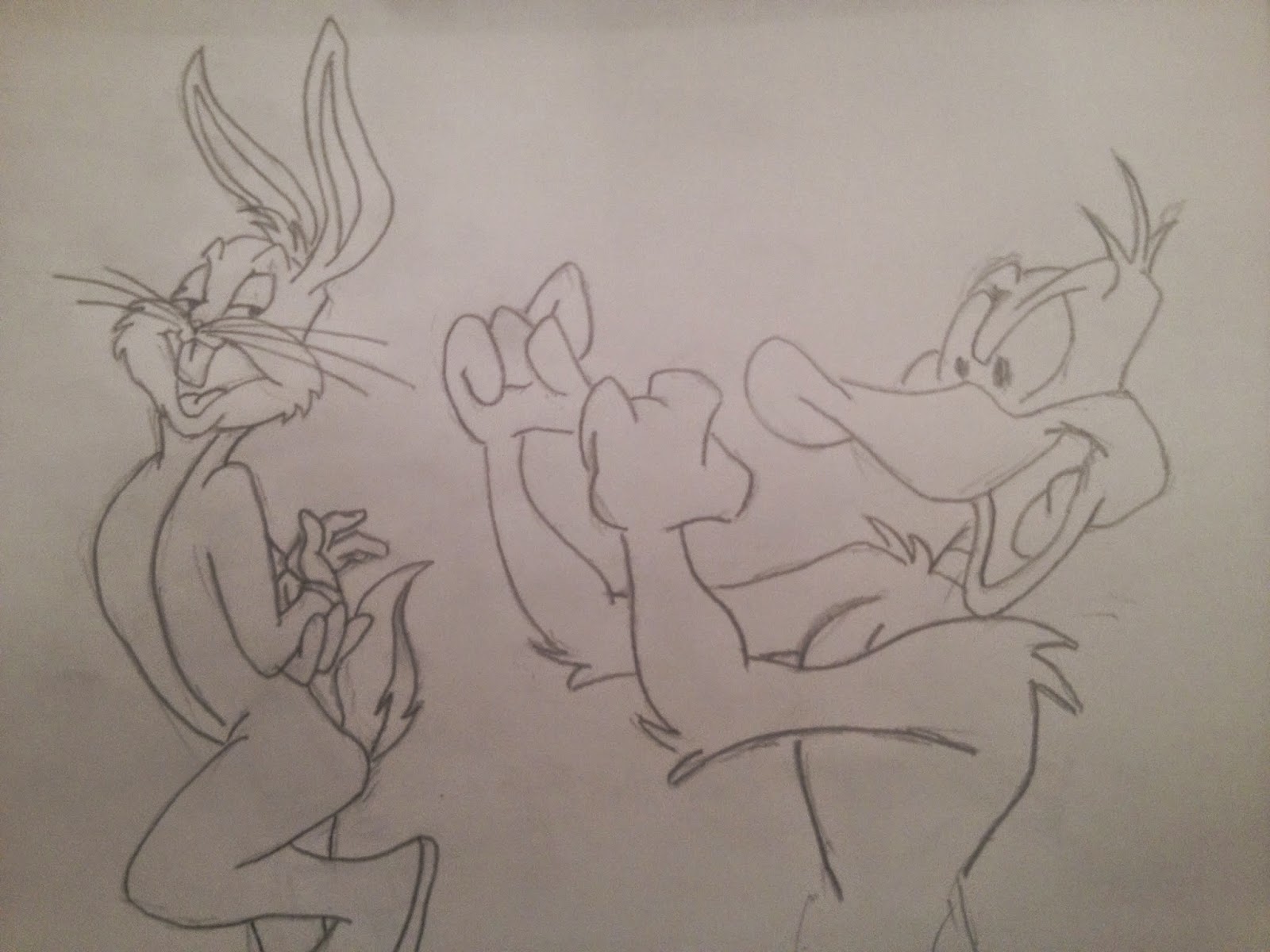On Saturday I put up a blog entitled "
Spring Angles". The first comment posted two links to similar articles written a few decades ago.
The
first article was written by Herbert P. Kean and published in 1988 by Astragal Press. The
second was by John Whelan in 1993.
After reading those two articles I felt like I didn't add much to the conversation on Saturday. Let this by my addition.
In the second article Whelan states "It remains to be explained why astragals and beads do not use spring.
" He went on to illustrate an example of a sprung plane taken to extreme--an astragal sprung at 90 degrees, illustrated by him below.
Whelan explains that a plane set up in this fashion ergonomically "improves the effective pitch on the near side of the curve. [While making] it worse on the far side, where the effective pitch is beyond vertical (pitch greater than 90º)."
There is another reason why a plane set up in this manner, or any plane with a cutting angle past parallel of the iron, will not work. Let's look at a side bead set up to cut a full 180 degrees and unsprung.
We've all seen this plane before. Let's take a closer look at the bead. The steepest tangent line of the bead, where the cutting edge is pushed to its extreme and scrapes, is parallel to the iron and plane's blind side.
Here we will get similar cuts on both sides of the bead as we work our way from the top to both sides.
Additionally, as the plane gets used and subsequent sharpening has occurred, the iron advances in the plane's body. The following illustration highlights (in black) the steel that will ultimately be removed during the process.
The entire edge is present (due to the iron's lean in the plane, there will even be slight protrusions in the vertical sections, but that's a different topic that Larry and Don of Old Street Tools have addressed.)
Now let's exaggerate the issue and spring the plane to 45 degrees.
As Whelan described, the iron is making a better cut at the 10-11:00 region, but much worse between 1:30-3:00
Here the tangent line at the same point of the bead is well beyond parallel to the iron.
Sure, the plane will work initially, but what happens after a you have sharpened the iron a few times? Let's follow the iron's advance.
Do you see the problem area?
Here is the same area highlighted in yellow. That's the area that has no iron protruding, no edge, no cut. The plane no longer functions at this point, unless you want to grind the iron's blind edge.
This is the main reason why I posted the
previous topic regarding spring angle. This is the main concern and the most important reason why we must reduce the circumference of the bead if we want the plane to be sprung.
A plane set up like Whelan illustrated above has poor cutting geometry, yes. But more importantly, it also has a limited life span.
The mouth width ranks third in my book.















































